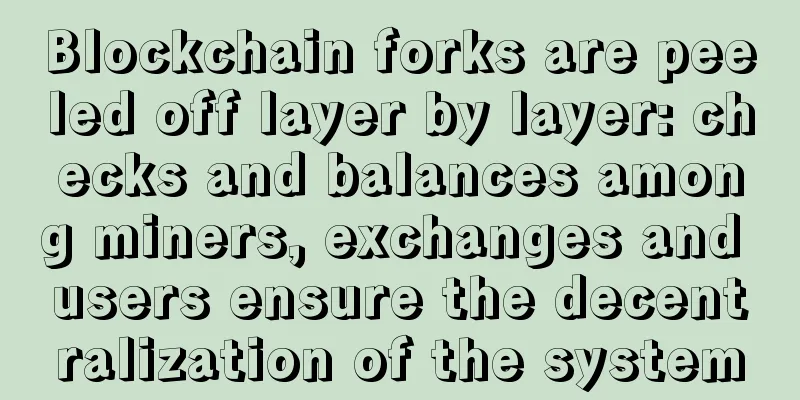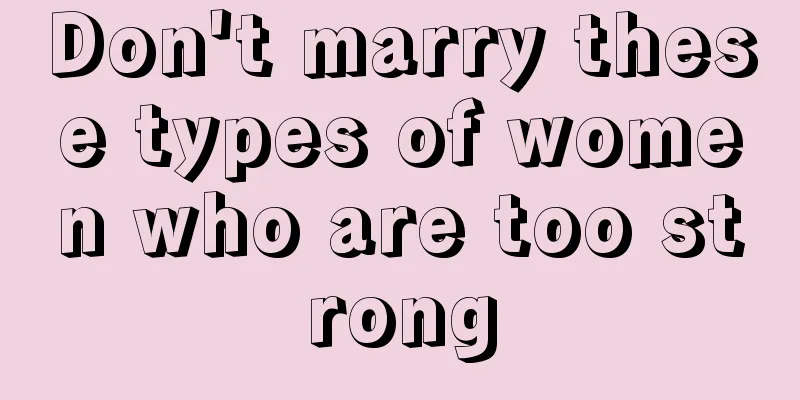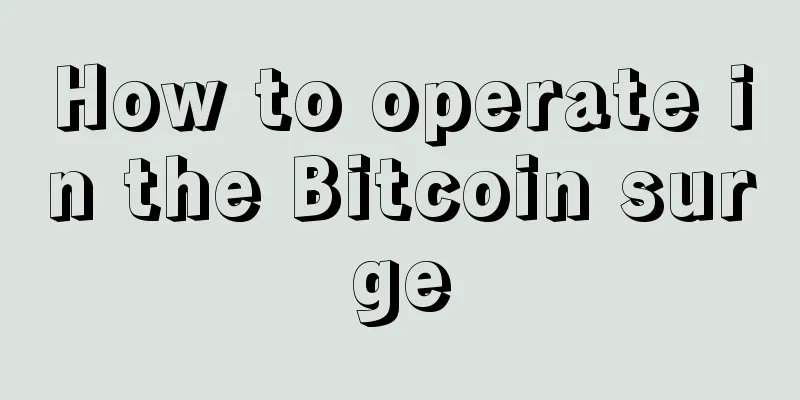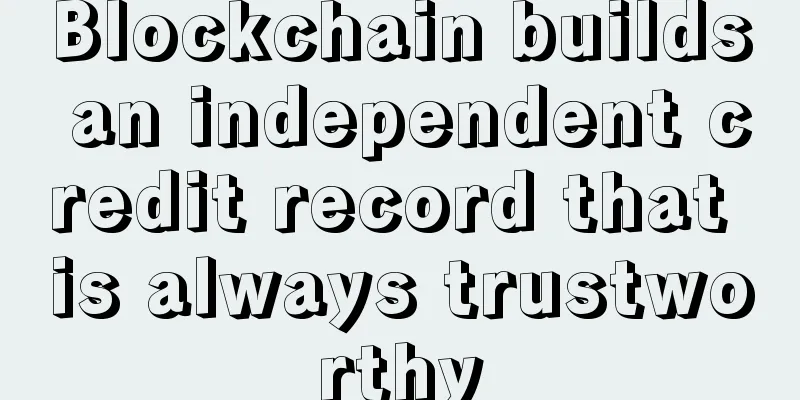Blockchain forks are peeled off layer by layer: checks and balances among miners, exchanges and users ensure the decentralization of the system

|
Peeling off blockchain forks layer by layer The Ethereum hard fork was quickly declared a success, but consensus has many complex layers and I don’t think we have completed the fork. This hard fork has profoundly tested the vitality of the fork. Deciding to fork: After The DAO was hacked and lost an estimated $50 million, Ethereum developers had a difficult decision to make: Should they fork the blockchain and kill The DAO? Or should they let The DAO attackers abscond with the funds? This is a classic trolley problem in ethics, where Ethereum developers chose the lesser evil, as most people would do. The trolley problem of The DAO attack: if you don’t pull the lever, people will lose their funds. My initial advice to Ethereum developers was to do nothing. The most real lesson from The DAO attack should be to re-examine Ethereum’s Solidity language and fix the underlying vulnerabilities that still exist today. What makes the Ethereum fork even more intriguing is that Bitcoin also has a similar trolley problem. This variation of the problem has a fat man on the bridge that can be pushed onto the tracks to save the people. The trolley problem of the Mentougou attack: if you don’t push the fat man off, people will lose their funds. It is also possible to fork the Bitcoin blockchain and recover the funds lost in the Mt. Gox disaster, but for Bitcoin developers and the community, this option is not even worth discussing, strongly indicating that no one in the Bitcoin system has the power to roll back Bitcoin allocations . People lost money, but eventually the market recovered. In a fork, who has the ultimate power? The U.S. Constitution divides the government into legislative, executive, and judicial branches to ensure that no single person or group gains too much control . All three branches serve the people. The blockchain situation is similar. We have miners, exchanges, and developers. These three entities ultimately exist to serve users. Typically, when people think about forks, they only think about miners. Most people think that miners decide which fork of the blockchain will survive. This is partially true, but not completely. In a hard fork, developers and exchanges also hold power in their own ways. Developers can change the hash function for miners. Exchanges can support only one fork, reducing the market value of a particular fork. The real power resides in the hands of the users. Ethereum Classic (ETC), a fork that is not supported by Ethereum developers and major exchanges, is refusing to die. If users want to buy/use ETC, then exchanges will support ETC. Miners and exchanges will adapt to user demand, not resist. The checks and balances among developers, miners, and exchanges are the key to truly keeping this system decentralized. |
<<: Coinbase CEO: We misjudged the Ethereum hard fork, but it was still a success
>>: Abe's economic stimulus push may boost Bitcoin prices
Recommend
Blockfreight promises to disrupt shipping industry with blockchain
Crazy Review : Blockfreight, a new end-to-end blo...
Popularity lines show your popularity
Popularity lines show your popularity In real lif...
Stress test is here again! Should we grab the Bitcoin with public private keys?
It is said that the legendary “stress test” is he...
BCHN may become the victory of BCH hard fork
The BCH network emerged in August 2017 after leav...
How to solve the problem of black forehead?
Yin Tang refers to the area between our eyebrows,...
The Ethereum network has currently destroyed 130,169.31 ETH
According to Ultrasound data, as of now, a total ...
Talking about the ups and downs of the market, the offense and defense behind Musk's "green" BTC
Musk has a deep understanding of national strateg...
How to tell a man's fortune through palmistry
In palmistry, we can judge a man's wealth for...
What does it mean when there are two love lines in palmistry?
In palmistry, people divide the three main lines ...
Amid market woes, VanEck files Bitcoin 'mutual fund' with SEC
Exchange-traded fund (ETF) and mutual fund provid...
BCH hard fork: a community split with huge disparity in power
On November 16, 2018, everyone still remembers th...
What does a long wisdom line mean?
Most people have three clear lines on their hands...
What is the fate of a man with a broken eyebrow?
What is the fate of the man with a broken eyebrow...
People with these two types of moles on their arms will never lack money in their lives
Everyone has moles on their bodies, and moles are...
What does a woman's rabbit mouth represent? Is this a good sign?
What is a rabbit mouth? It means a mouth that loo...









